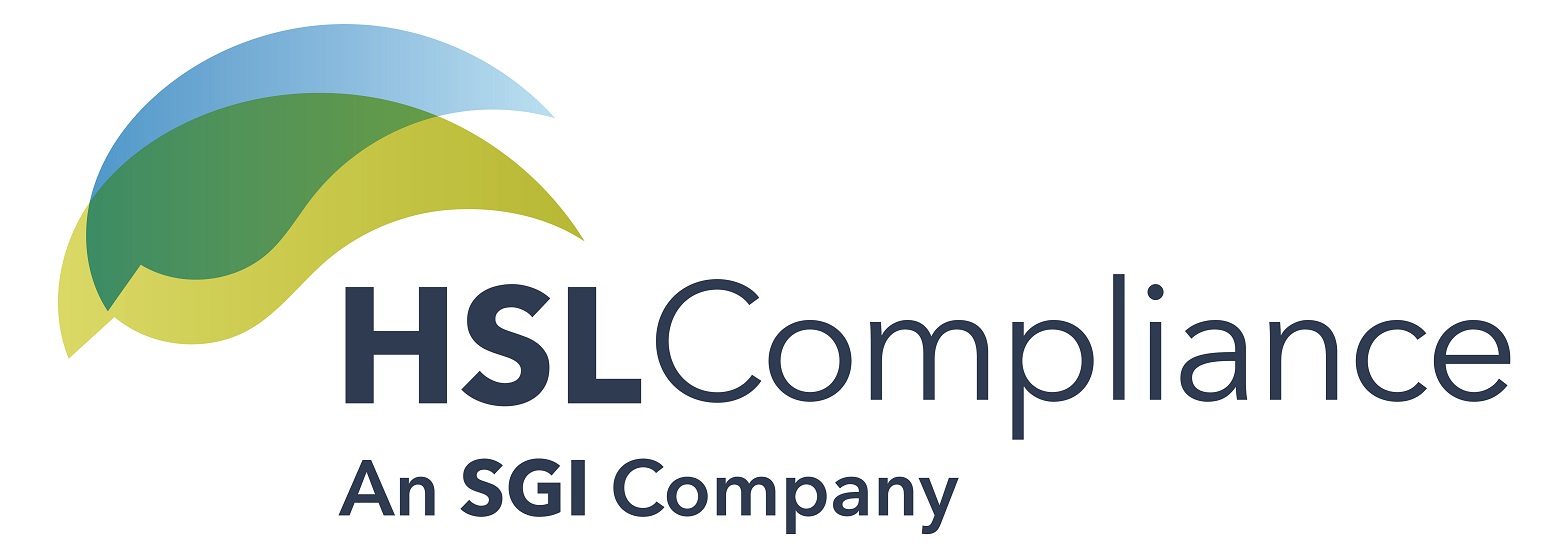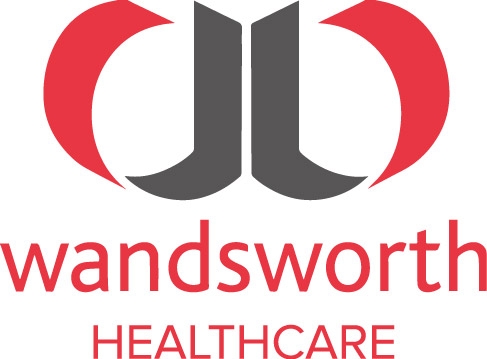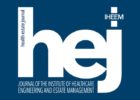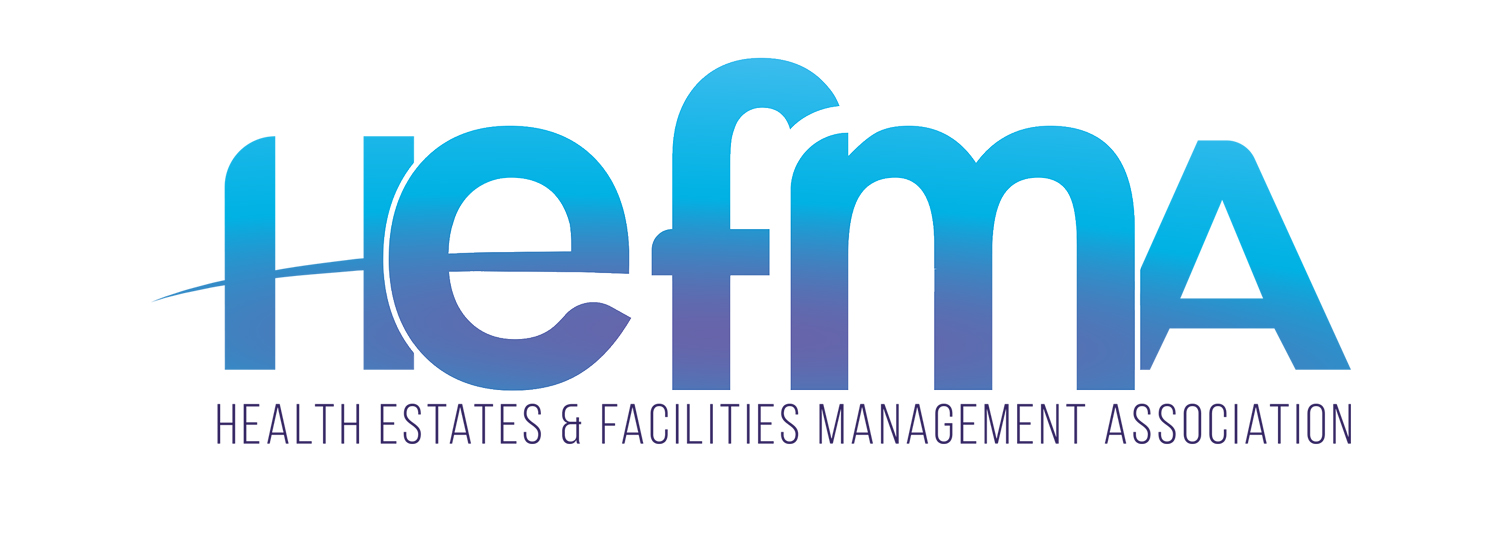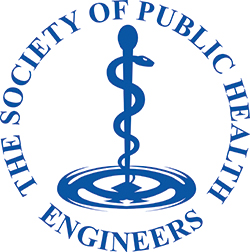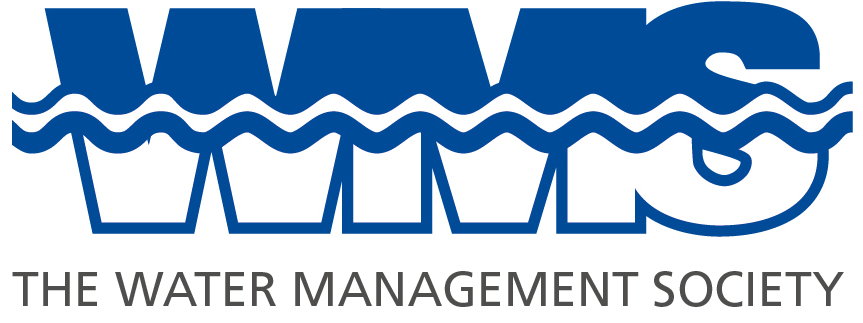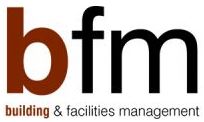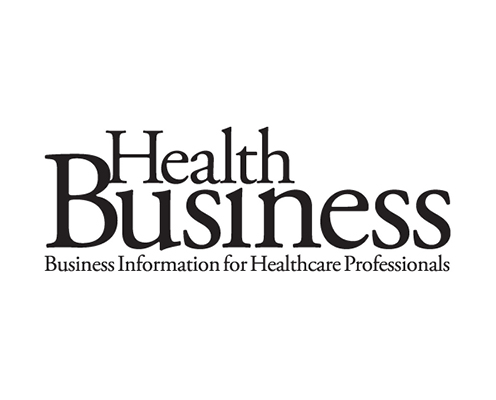Event Owners:
IHEEM
2 Abingdon House
Cumberland Business Centre,
Northumberland Road,
Portsmouth, Hants,
PO5 1DS. Tel. 023 9282 3186
office@iheem.org.uk
www.iheem.org.uk
Cleaning the Air with Germicidal Far-UVC Technologies – a Viable Option for Healthcare?
Time: 2:30 pm - 2:55 pm
Date: 11 October 2023 PM
Theatre: CENTRAL 7
There is growing awareness of the need to mitigate transmission of infection through the air in healthcare settings. This includes respiratory diseases such as Covid-19, influenza and TB as well as healthcare-associated bacterial and fungal pathogens where there is evidence that dispersion in air forms part of the transmission pathway. Ventilation is well recognised as an important element for infection control, however many healthcare settings have ventilation rates below those recommended in HTM03-01, and improving ventilation can be costly and often a practical challenge. Air cleaning technologies offer an option to mitigate airborne transmission risks at a lower complexity and energy cost than providing higher ventilation rates.
This paper focuses on the application of germicidal ultraviolet light, and in particularly the emerging technology in the 222nm UV wavelength known as Far-UVC. Compared to conventional UVC at 254nm, Far-UVC is much safer for human exposure and therefore has the potential to be applied as an open field in occupied rooms. Through a programme of work funded by UKHSA and NHS Scotland Assure, we have carried out experimental measurement of the performance of Far-UV lamps against aerosolised Staphylococcus Aureus and Pseudomonas aeruginosa in a controlled room-sized chamber and developed complementary computational fluid dynamic simulations.
Results show that Far-UVC has substantial potential to significantly reduce concentrations of airborne pathogens, with lamps that are within current exposure standards leading to around 90% reduction in S.Aureus during continuous contamination of the room – equivalent to over 30 air changes per hour. Energy consumption may be low as 15W for an 8m3 space. The study findings suggest that Far-UVC is a promising technology and real-world exploration through demonstration trials are an important next step in determining how and where it can be deployed in a healthcare setting.
SPEAKERS
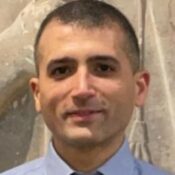 Dr Waseem Hiwar Research Fellow, School of Civil Engineering - University of Leeds
Dr Waseem Hiwar Research Fellow, School of Civil Engineering - University of Leeds
« Back




